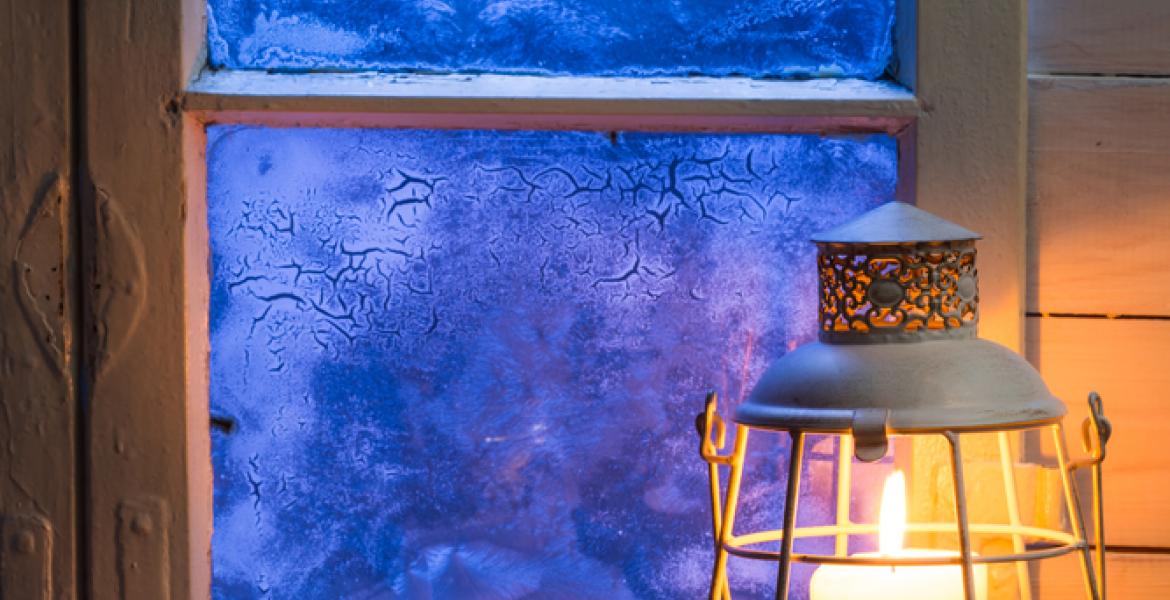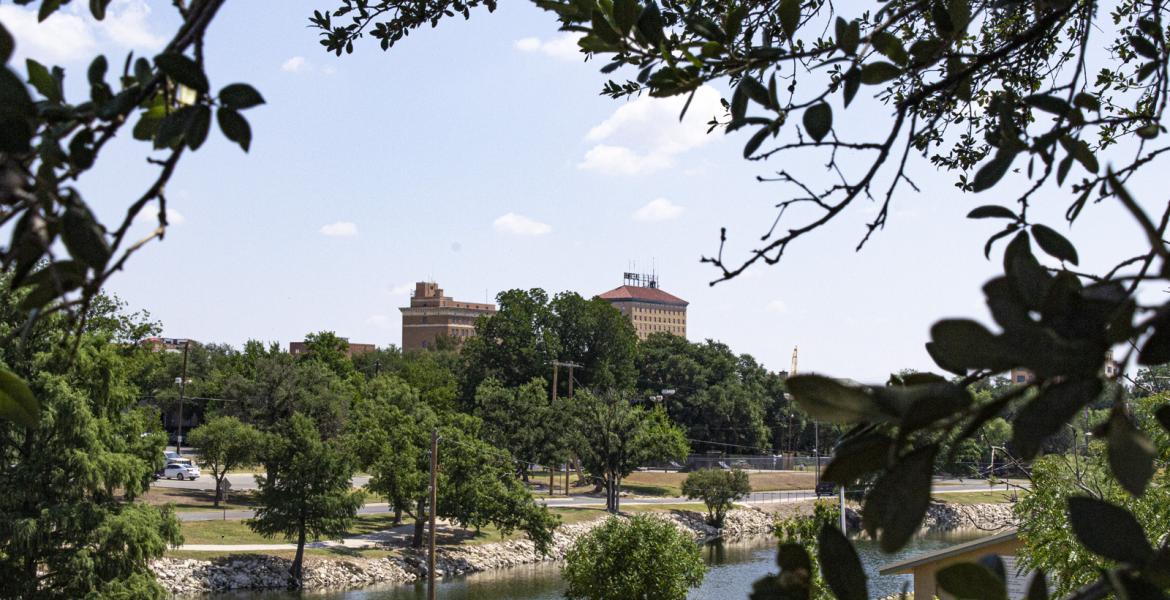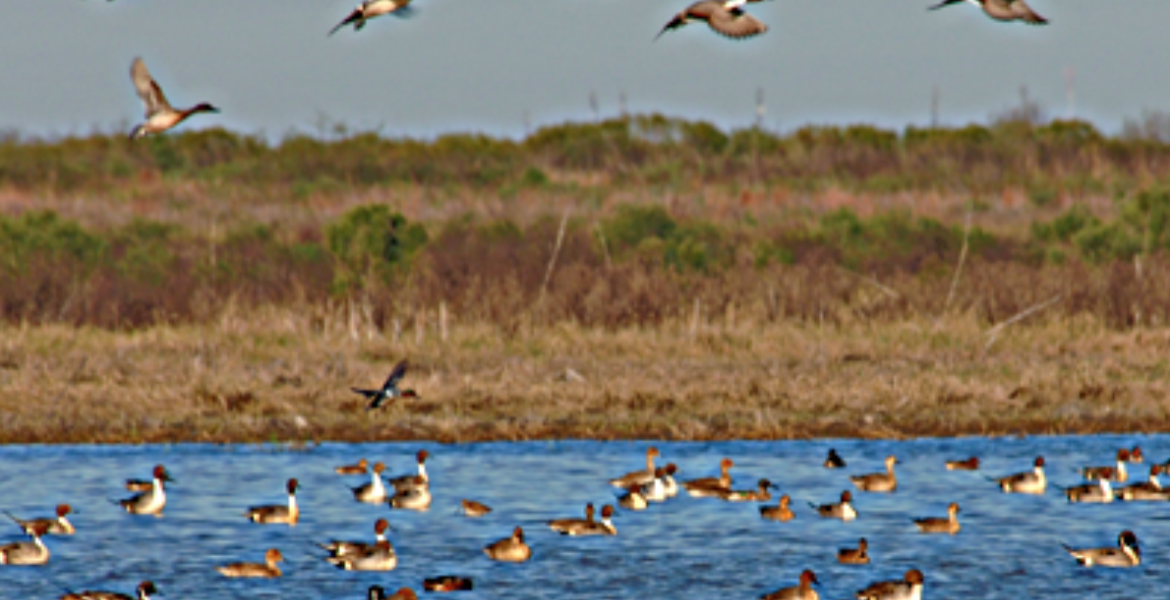ALPINE, TX – Texas Parks and Wildlife Biologists have been made aware of an on-going situation involving multiple black bear present near the North Double Diamond community south of Alpine. It is believed the bear are currently displaying behavior typical of hyperphagia (excessive or extreme hunger) as they prepare for the winter season. Reports suggest that these individuals have been attracted to and searching for easily accessible food sources (i.e. pet food, wildlife feeders, livestock feed, etc.).
Should you encounter a black bear in the area, immediately deploy aversive conditioning by creating loud noises (shout, handclap, air horns, car alarm, sirens, or bang pots and pans) to startle the bear. Once the bear leaves, please report the encounter to your District Biologist or TPWD Game Warden.
Texas Parks and Wildlife highly encourages all members of the community to report bear sightings in the area. It is critical that the Department is able to monitor this on-going situation with the full extent of known black bear encounters.
As a friendly reminder, preventing habituation by limiting access to perceived food sources is the best way to keep bears from becoming a nuisance or eventual safety risk. Please secure potential attractants to prevent enticing bears to explore human structures and high use areas. Neighbors must work together and promote community wide efforts to proactively secure attractants.
The black bear is a protected and rare species in the state of Texas.
Male bears weigh 150 to over 350 lbs., and females weigh 120 to 250 lbs.
Male home ranges average 20,000 acres, while females average 5,000 acres.
Denning can start as early as November and continue until late May.
Bears den in large, hollow trees, brush piles, thickets, rock crevices and caves.
Denning bears go into a deep sleep but can be aroused if disturbed.
Females mature at three to five years of age and, on average, have two cubs every . other year.
Cubs are born in the den weighing 8 ounces and will exit the den weighing 4 pounds.
Cubs stay with their mother for 1-1/2 years.
Bears are opportunistic feeders and will eat almost anything that is available. Up to 90 percent of a bear’s diet is vegetable material, which includes nuts, fruits, berries and plants.
Most of the protein in a bear’s diet comes from insects like beetles, wasps, termites and ants.
Prime bear habitat includes escape cover, dispersal corridors, diverse foods and dens.
Subscribe to the LIVE! Daily
Required






Comments
Listed By: Cajun Texan
Lions, tigers, and bears.... oh my!
- Log in or register to post comments
PermalinkPost a comment to this article here: